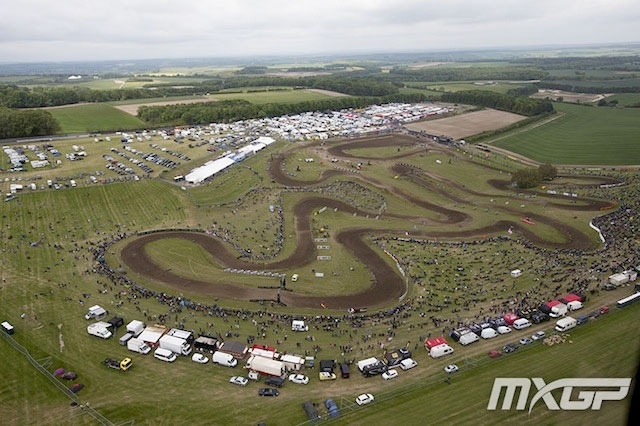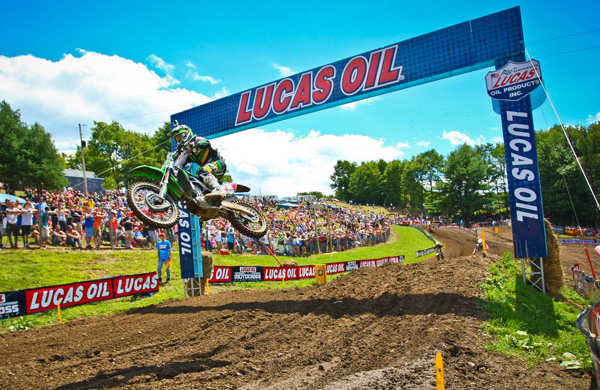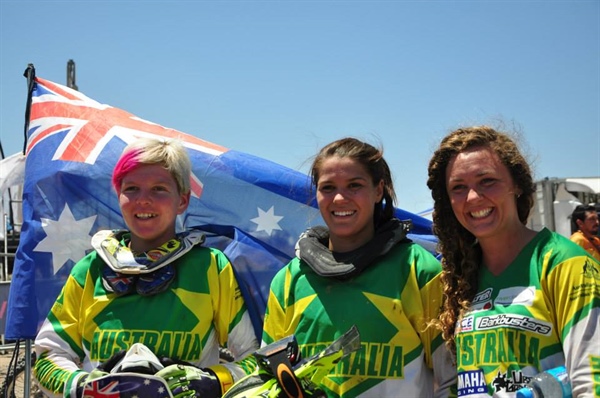
Want to become a better rider as quickly as possible? Spend some time working on specific skills
STORY SHANE BOOTH | PHOTOGRAPHY MATT BERNARD

Now, before you turn the page because this looks too boring, consider this: what do you see professional teams and athletes doing when the media show footage of them during a training session? You see them practising skills and drills. Even the best teams and athletes in the world continue to work on specific skills and the fundamentals that make them the best at their particular sport.
Riding a dirtbike is no different. If you think about all the individual skills required to ride a dirtbike fast for one lap of a motocross track, you’ll be counting way beyond your fingers and toes. Identify those individual skills then focus on them for specific sessions and you’ll start to improve rapidly. Once your skill level rises and you can perform the techniques to a higher level, you’ll become a better rider — and you will go faster.
BRAKES
Improving your skill level when it comes to using the brakes will not only allow you to go faster but will probably mean less time on the ground, too. It’s no secret that if you’re not too good with your front brake it will probably catch you out at least once every ride. Spend some time working on your front brake feel and you can change that. Here are a couple of exercises to start with:
LEVEL 1: STOP & GO
Stay sitting for this. Select first gear and ride off until you’re at a steady speed. Pull the clutch in and use the front brake only to stop the bike. Remember when using the front brake that it should just be a progressive squeeze of the lever; don’t grab at it. Repeat this exercise and, as you gain confidence in the front brake, start to squeeze it a little harder and faster each time. You don’t need to ride any faster; the only change is your application of the front brake. When you feel comfortable that you know what’s going to happen every time you squeeze the front brake, you’re ready for level two
LEVEL 2: ENDO
This is just an extension of level one. As your confidence grows and you start to squeeze the front brake harder and faster, the bike will start to stop quicker. When this happens, you will find the forks diving further and eventually you will pick the rear wheel up off the ground. If the rear wheel feels like it’s coming up too quickly and may go all the way over, release the front brake. It’s important to remember you don’t need to go faster to get the rear wheel off the ground — it’s all in the brake application, not how fast you’re going.
LEVEL 3: STOPPIE
Make sure you’re comfortable with the rear wheel being in the air before you move to this front brake exercise. What you’re aiming to do here is actually roll along on the front wheel with the rear wheel in the air. You’ll need a little more speed for this one but you can still begin in first gear. Give it a little squirt of throttle to get moving; then you’ll need a fairly aggressive squeeze initially to get the rear wheel off the ground. Once it’s in the air, you need to adjust your brake pressure to keep the rear wheel from dropping to the ground. If the rear wheel is dropping, add a little pressure to the lever; if the rear wheel is rising too quickly, release a little.
THROTTLE & CLUTCH
Having total control over your throttle and clutch will change your riding more than you can imagine. It will help you maintain traction, minimise fatigue, deliver optimum power and get better starts. Here are a few exercises to help make it happen:
SLOW RIDING
Seems pretty basic and boring, but riding your bike as slow as possible without stalling it or putting your foot down is harder than it looks. It requires smooth and controlled use of four separate controls on the bike at the same time: throttle, clutch, front brake and rear brake. That doesn’t include the fact that you’re also concentrating on keeping your balance. The key to this is maintaining just enough rpm to keep the bike from stalling then using the clutch to actually drive the bike forward or to slow it down. You don’t want to give it a handful of throttle when you need to move forward — it will be too much and isn’t what you’re looking to do.
FULL-LOCK CIRCLES
Following on from slow riding, full-lock circles will test you just that little bit more. The goal here, as the phrase suggests, is to ride the bike in circles with the steering on full lock — so you’re doing all the same things you did for slow riding but now you’re turning as tight as possible. If you get it nailed on flat ground, make it harder by trying to do it on the side of a hill.
SLOW WHEELIE
This is a great throttle and clutch exercise and one we featured by itself as a pro tip a couple of issues back. It’s so good, we couldn’t leave it off the list of exercises that will help increase your throttle and clutch control. You can check out details on how to nail the slow wheelie HERE.




